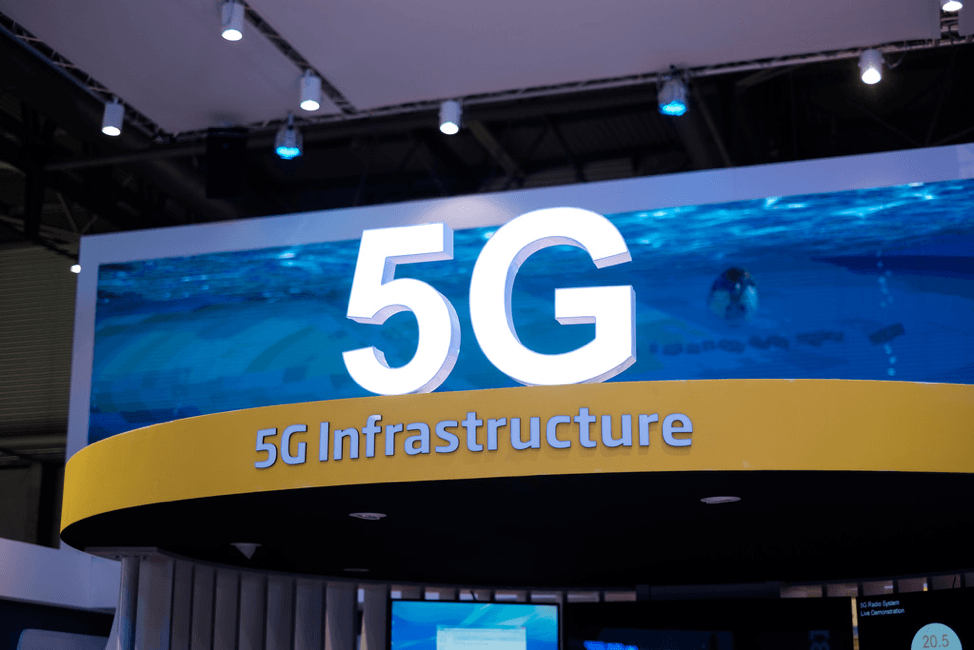By Cecilia Thai
As it pertains to technology, people are of the mentality that the faster the better. With each generation of cellular wireless, scientists and engineers have pushed for higher signal frequencies to satisfy the need for the masses’ obsession with obtaining greater speeds. The current fifth-generation cellular wireless (“5G”) is no exception to this trend. Although we want faster speed, what are the consequences?
Multiple countries are wary about possible security risks, specifically pertaining to Chinese technology company Huawei. Germany was considering banning Huawei from a 5G buildout fearing espionage but ultimately decided to tighten the security of the components of 5G networks. Australia has already banned Huawei from 5G buildout. The U.S. government sees Huawei’s use of 5G as a national security threat, but at the same time wishes to create its own 5G infrastructure. Despite these concerns, many of these countries are not opposed to having their own 5G networks. For example, while addressing 5G technology, President Trump declared on Twitter, “I want 5G, and even 6, technology as soon as possible…I want the United States to win through competition, not by blocking out currently more advanced technologies.”[1] Meanwhile, the Australian telecommunications company, Optus, is currently promoting 5G home broadband technology within three of the Australian states. Many of these countries do not want to be left behind in the use of 5G technology.
With the rise of major technological advancements, there is a concern for an unpleasant “Patent War.” As Joseph Siino, the president of Via Licensing, a patent pool operator, pointed out, “If you think the last patent war over smartphones was bad, just wait until 5G starts being deployed throughout the global economy.”[2] Signs of a patent war is already apparent. China’s Huawei sued U.S. wireless technology provider InterDigital for not licensing its patents on fair terms. At the same time, companies holding the rights to 5G patents are collecting royalties. U.S.’s Qualcomm Inc. has capped its royalty charge to $15 per handset, which is three times the highest 4G royalty charge. Although an arms race for this patent war has already begun, will the use of patents for 5G defeat the purpose of intellectual property rights?
As stated in the Intellectual Property Clause of the U.S. Constitution, the purpose of allowing exclusive rights is to incentivize the progress of science and arts. By using patents for 5G technology, this aim of promoting scientific research might be hindered. Allowing exclusive patent rights for 5G has the ability to divide the 5G-based technology inventors into those who can and those who cannot afford to create. Those who can afford to pay the patent royalty charges will continue to innovate in this growing market, but those who cannot pay will be kept out of the market. Therefore, many of the younger or less well-funded businesses will be excluded from 5G technology, while the few large corporations will be monopolizing the market. This will greatly reduce the amount of innovation. With less competition, these bigger businesses will have a reduced incentive to innovate. As a result, patents of 5G will not promote but will hinder the creativity of 5G inventions.
The effect of these patents will not only be limited to the United States. Through various international treaties, worldwide 5G patent rights are protected. Dating back to the Paris Convention of 1883, inventors in the participating countries have a right of priority for a limited period over other applicants in other contracting states if they were the first in their own country to obtain a patent. Meanwhile, the Patent Cooperation Treaty of 1970, allows inventors to file patents internally through a single application. Lastly, the Agreement on Trade-Related Aspects of Intellectual Property Rights (“TRIPS”) provides standards and enforcement measures for protecting intellectual property rights. All these agreements further stifle creativity despite the overall goal of promoting it.
Despite these restrictions on creativity, patent protections on 5G technology will not completely stop the invention process. Big technology corporations will still invent to satisfy the needs of the people who seek faster speeds, clearer pixilation, and greater capability in their phones. Once the masses have the same or very similar technology, consumers will want faster technology and thus will spur these companies to innovate yet again.
But faster technology has its own set of consequences. A push towards faster technology could create possible devastating environmental consequences because, in order to generate faster wave signals needed for faster speeds, more radiation needs to be used to generate the power to sustain those speeds. When the environment is exposed to more radiation, this radiation can foster greater global environmental effects like global warming, sea levels rising, and coral bleaching.
Patents are designed to promote the progress of science, but it also can weaken the use of creativity in the design of inventions. In many ways, 5G patents will lead to less creative technology. Instead, 5G technology will become faster and have greater capabilities, which will ultimately provide greater negative environmental effects.
[1] See Alex Lockie, Trump’s rejection of ‘socialism’ makes America weak in the fight for 5G against China’s Huawei, Bus. Insider (Feb. 21, 2019), archived at https://perma.cc/SRK3-5KLN.
[2] See Marshall Phelps, Is 5G Being Weaponized?, Forbes (Feb. 25, 2019), archived at https://perma.cc/7EV8-DA55.
Student Bio: Cecilia Thai is a second-year law student at Suffolk University Law School and a staff member on the Journal of High Technology. Before attending Suffolk Law, she graduated from Boston University, where she received a Bachelor of Arts in Biology with a Specialization in Cell Biology, Molecular Biology, & Genetics.
Disclaimer: The views expressed in this blog are the views of the author alone and do not represent the views of JHTL or Suffolk University Law School.

